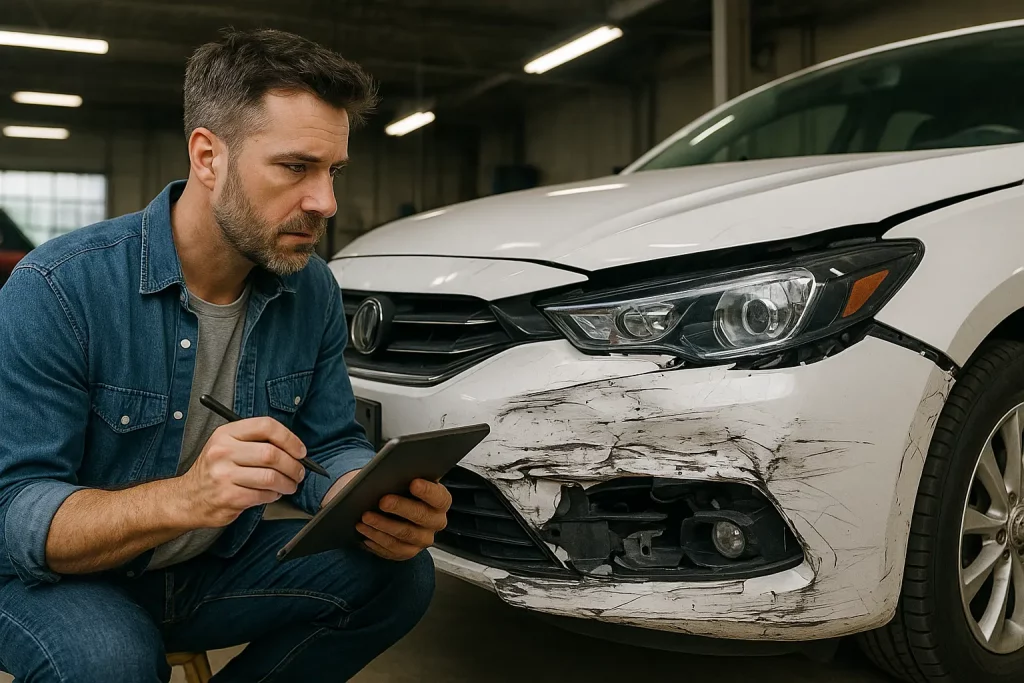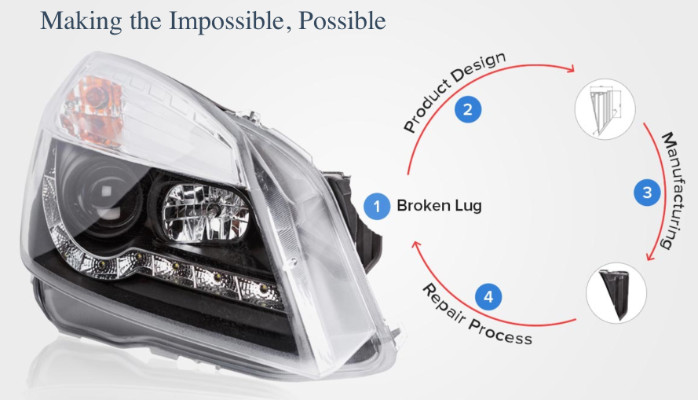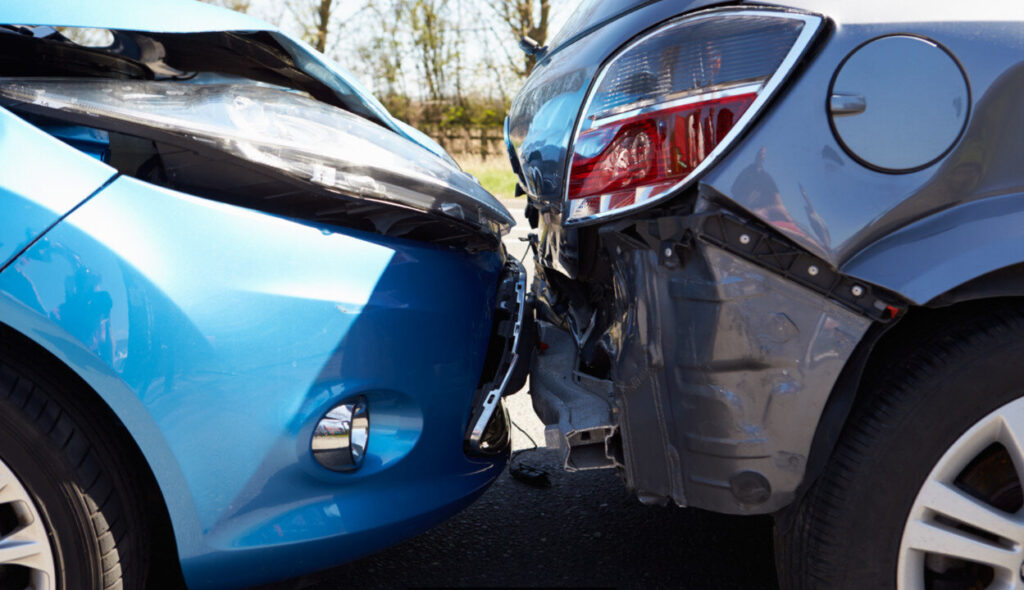By Mario Dimovski
A Global Movement Gains Momentum
Across sectors, from consumer electronics to agricultural equipment, the Right to Repair movement is gaining momentum. At its core, this movement isn’t simply about granting access to parts or service manuals—it’s a fundamental shift in how industries approach sustainability, customer choice, and long-term value. Tech giants like Apple have embraced this narrative with remarkable success, positioning repair and refurbishment not as cost-cutting measures but as premium, environmentally responsible services. In contrast, the collision repair industry, particularly on the automotive body side, continues to lag behind—stuck in a replace-first culture that’s becoming increasingly costly and unsustainable.
The Cost of Defaulting to Replacement
Unlike other industries making strides toward circularity, collision repair still leans heavily on replacement over restoration. Even as new materials and repair methods evolve, most shops continue to default to replacing bumper covers, headlights, and panels—despite the fact that more than half of these parts are entirely repairable. This mindset has been deeply embedded over time, driven by insurance protocols, limited technician training, and legacy assumptions about the reliability of repairs.
But the costs of this approach are becoming impossible to ignore. As repair costs climb, so too do insurance premiums for consumers. Cycle times extend when parts are backordered, frustrating both shops and customers. And perhaps most critically, the environmental toll is mounting. The collision industry is now the second-largest contributor to polypropylene waste globally, surpassed only by consumer packaging. Every year, millions of plastic parts—including complex headlight assemblies and bumper covers—are discarded into landfills, many of which could have been repaired, reused, or repurposed with the right knowledge and tools.
Other Industries Are Leading by Example
Meanwhile, other industries have made major strides in both regulation and perception. Apple, long criticized for discouraging third-party repairs, made headlines by launching its Self Service Repair program. It allows consumers to order parts, rent tools, and follow detailed guides to fix their own devices—a far cry from the secretive, closed-loop model the company once held. The move has been widely seen as a win for sustainability and consumer empowerment. Repair has been rebranded as modern, responsible, and forward-thinking.
The agricultural sector offers another example. After years of pushback, companies like John Deere have now committed to allowing independent farmers to repair their equipment, following mounting legal and public pressure. Online platforms like iFixit, which advocate for accessible repair methods and rate products based on their repairability, continue to grow in influence. They’ve made the conversation about repair mainstream, even cool.
In the collision sector, however, the conversation remains muted. There’s little mainstream awareness that vehicles are increasingly built with repairable plastic parts. Nor is there adequate industry-wide promotion of the repair-first model—despite its clear benefits in cost savings, speed, and sustainability. This silence leaves shops operating on autopilot, replacing parts that could be restored with existing technology and a bit of know-how.
Policy Pressure Is Building
Globally, legislators are taking notice of industries that resist repairability. The European Union now mandates that electronics manufacturers make spare parts and repair information available for up to a decade. Australia and New Zealand are exploring similar measures. In the United States, Right to Repair bills have been introduced in more than half the states, with successful laws already passed in sectors like agriculture and consumer electronics. Massachusetts has taken a step further, requiring vehicle manufacturers to share diagnostic and telematics data to ensure that independent repair shops aren’t locked out.
It is only a matter of time before the automotive collision sector comes under similar scrutiny. When that day comes, the questions will be hard to answer. Why was repair discouraged in favor of replacement? Why did the industry send millions of recyclable parts to landfill? Why weren’t customers given more affordable, sustainable options?
Repair-First Culture: Smarter, Cheaper, Greener
The economic and environmental case for change is already here. Repairing parts—particularly bumpers, headlights, and minor panels—not only reduces overall repair costs but also shortens key-to-key times and significantly lowers emissions associated with the production and transportation of new components.
Repair methods continue to advance, supported by emerging innovators like Plasnomic—now recognized as a global authority in plastic repairs—and well-established training organizations such as I-CAR and Thatcham. These leaders are helping to make high-quality repair techniques and best practices more accessible than ever before.
With the right training and materials, technicians can restore complex components to OEM standards, ensuring structural integrity, safety, and a seamless aesthetic finish.
However, this shift won’t happen organically. The collision repair industry needs a mindset revolution. Industry leaders must advocate for repair-first protocols, modernize training standards, revise estimation workflows, and collaborate with insurers to realign incentives that currently favor replacement. Tools and processes must be made accessible to shops of all sizes, regardless of scale or location.
Most importantly, consumers must be educated that a properly repaired part is not a compromise—it’s a smart, sustainable solution that reflects the values of today’s environmentally conscious drivers.
The Industry’s Defining Moment
The good news is, the opportunity is enormous. Repair can become a differentiator, a sign of quality and responsibility. It can be an innovation story. A sustainability story. A profitability story. Repair doesn’t mean compromise—it means care, craftsmanship, and consideration for the future. If Apple can rebrand repair as a premium feature and iFixit can make repair culture go viral, there is no reason the collision industry can’t do the same.
Right to Repair is not a threat to the collision industry. It’s a wake-up call. It’s an invitation to reinvent our practices, realign our values, and lead instead of follow. The longer we resist, the further behind we fall—not just in compliance, but in relevance. The time to change is now. And it starts with one simple question: If a part can be repaired, why are we still replacing it?


